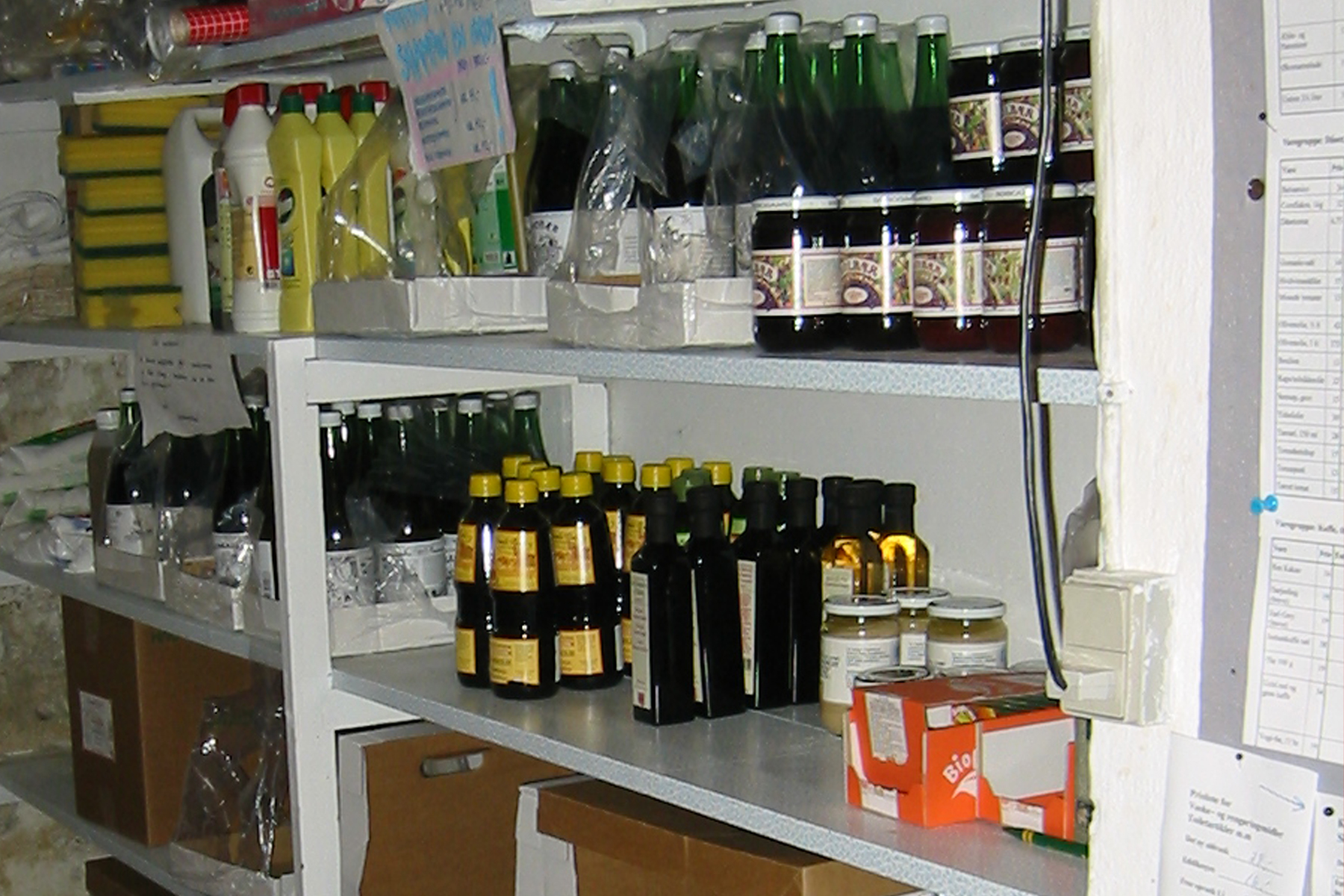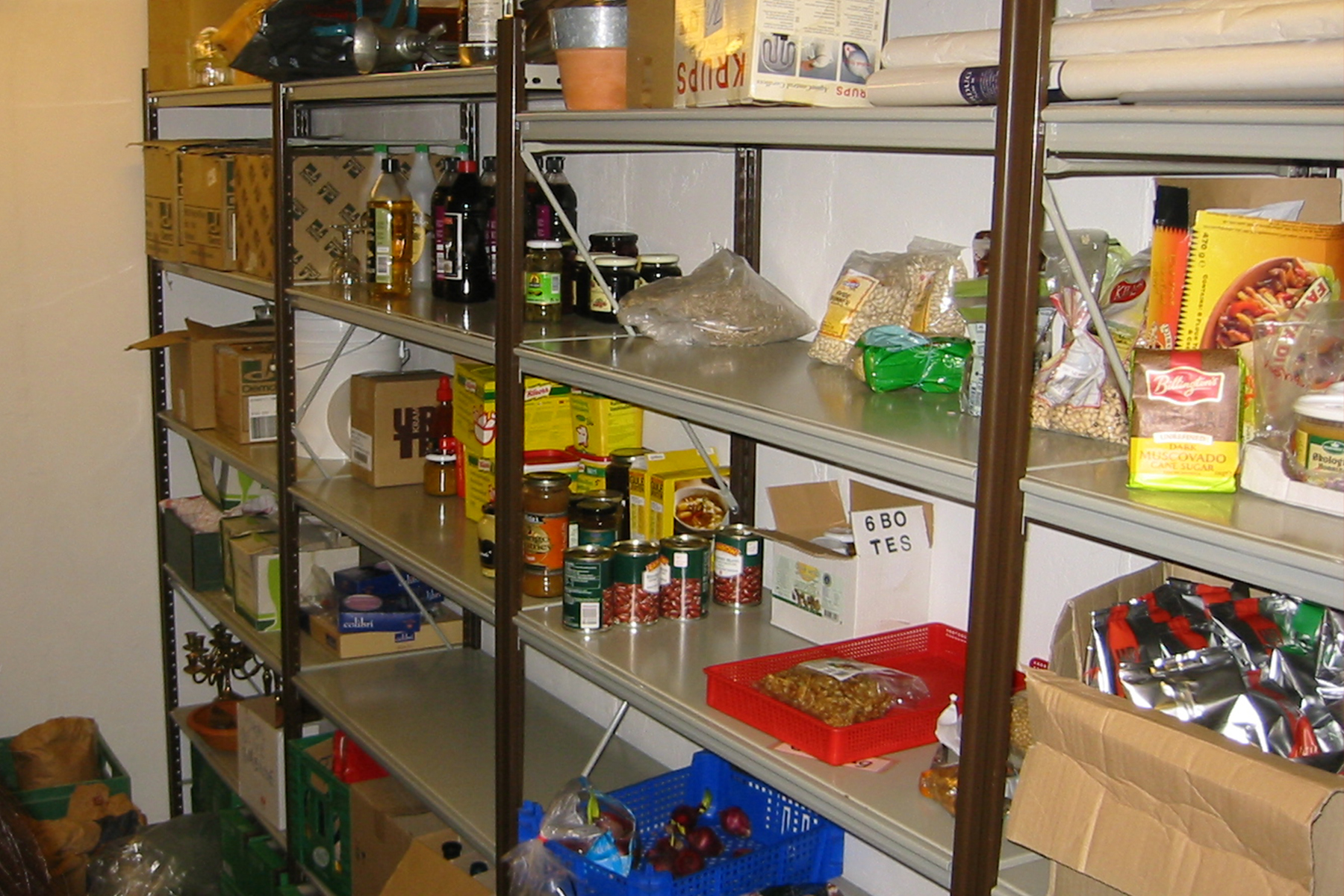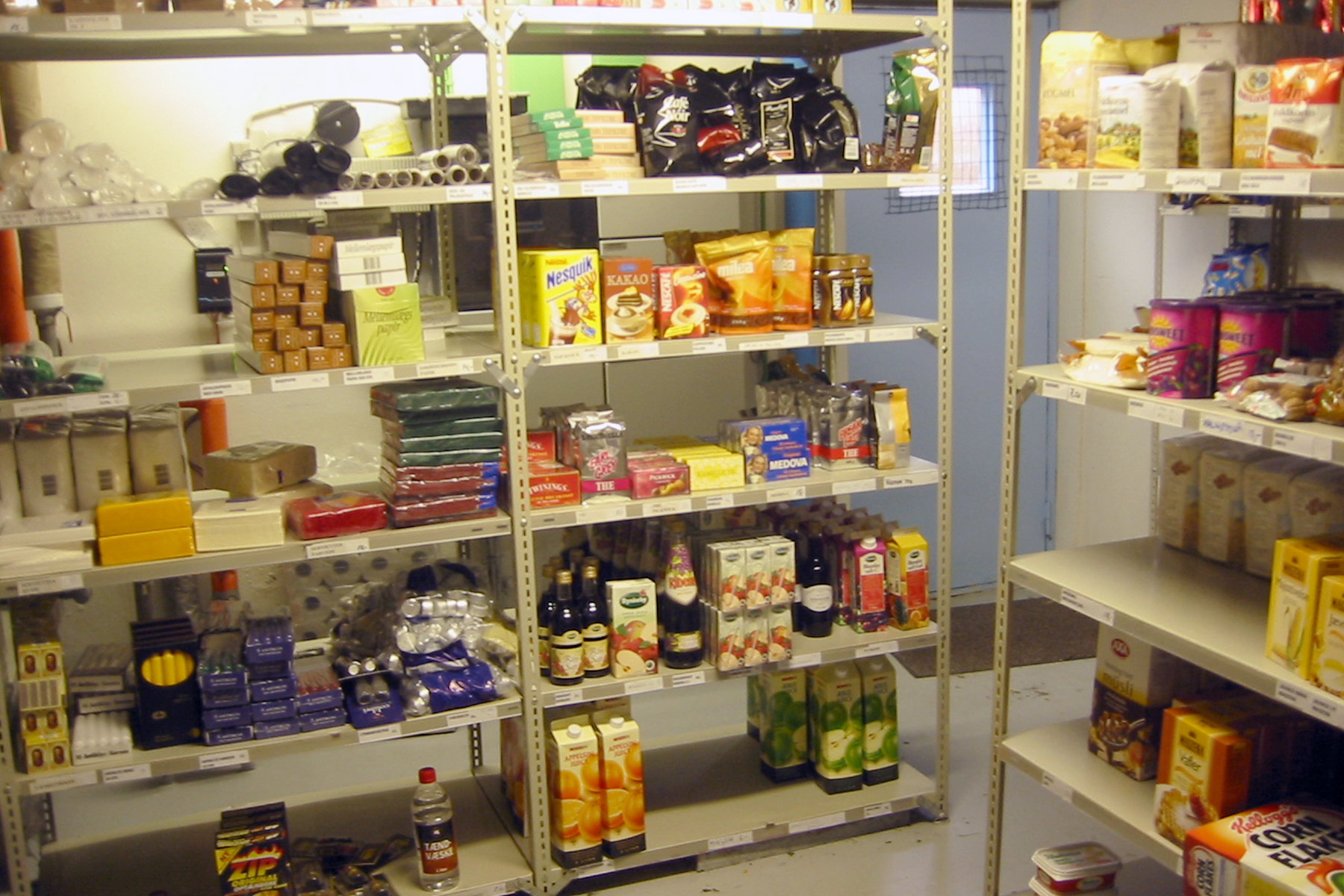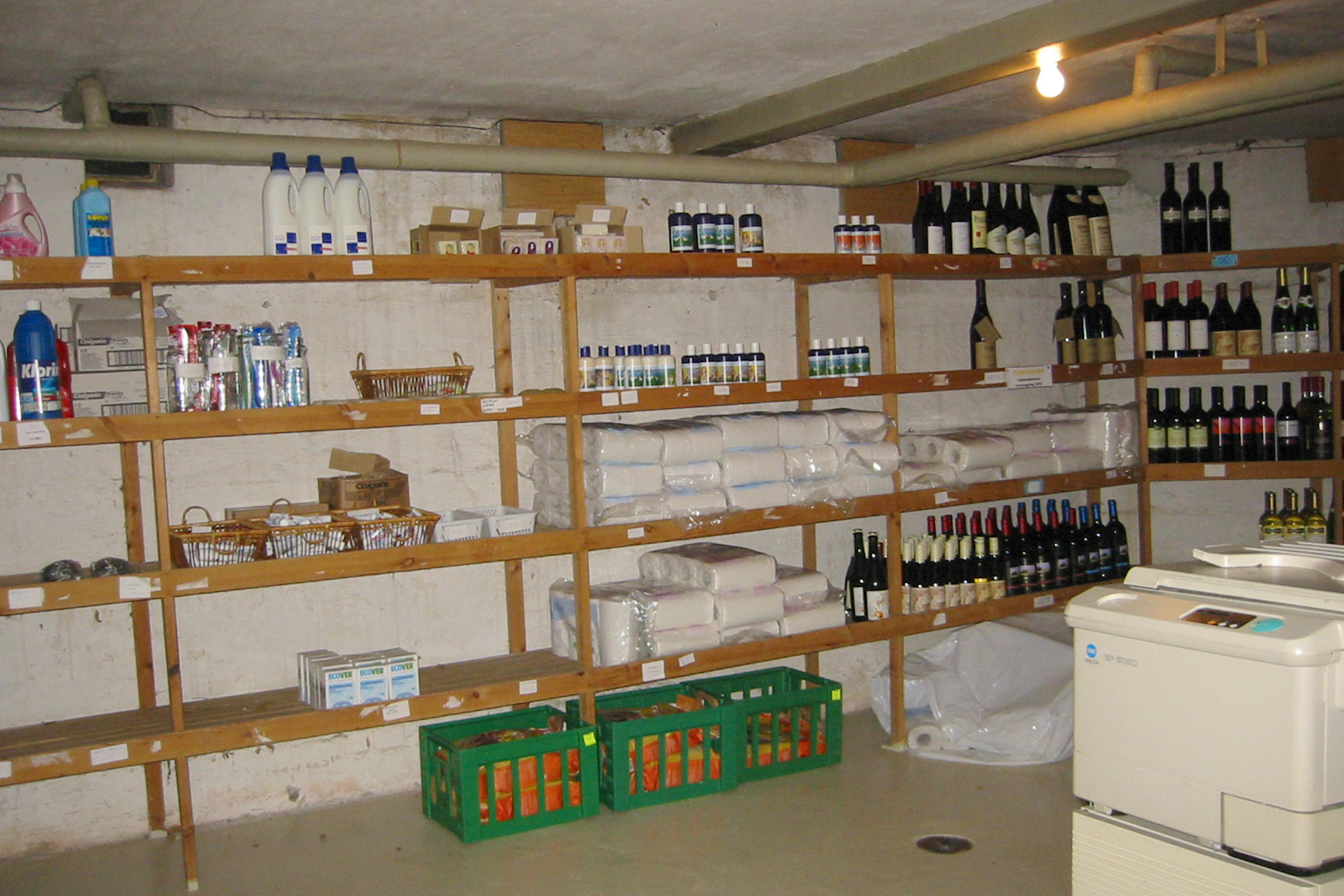Many communities have a small community store for residents to purchase goods – some were solely beverages and convenience items, others had full range of cooking essentials & sundry items. This pattern takes advantage of bulk purchasing power and provides much needed storage for these goods. The intent of the store is to help residents reduce the size of their individual homes by eliminating the need for large pantries or storage rooms for bulk purchasing of items such as toilet paper, beverages, or crackers. The store can also be used by the community to provide snacks for impromptu movie nights or a last minute birthday celebration.
The room should be well ventilated to prevent items from going stale. The inventory should be documented and monitored to ensure that items don’t expire on the shelf as well as insuring that petty theft doesn’t occur.




Please Note:
This series of blog posts is focused on explaining common design patterns in cohousing. Grace Kim, a founding principal and owner of Schemata Workshop, has identified patterns applicable to cohousing from "Pattern Language" by Christopher Alexander and has added some of her own.
Grace's additional patterns pay particular attention to the Common House because its design requires special consideration. As the living room for the community, the Common House sets the initial impression for visitors about what cohousing is, what your community values might be, or the perceived benefits of living in community. Schemata Workshop has analyzed scores of common houses in Denmark and North America to discern what does and does not work. Following Alexander's concept of Pattern Language, Grace has thoroughly documented the necessary programmatic and design elements for a successful Common House.
To learn more about cohousing at Schemata, visit our cohousing page.

